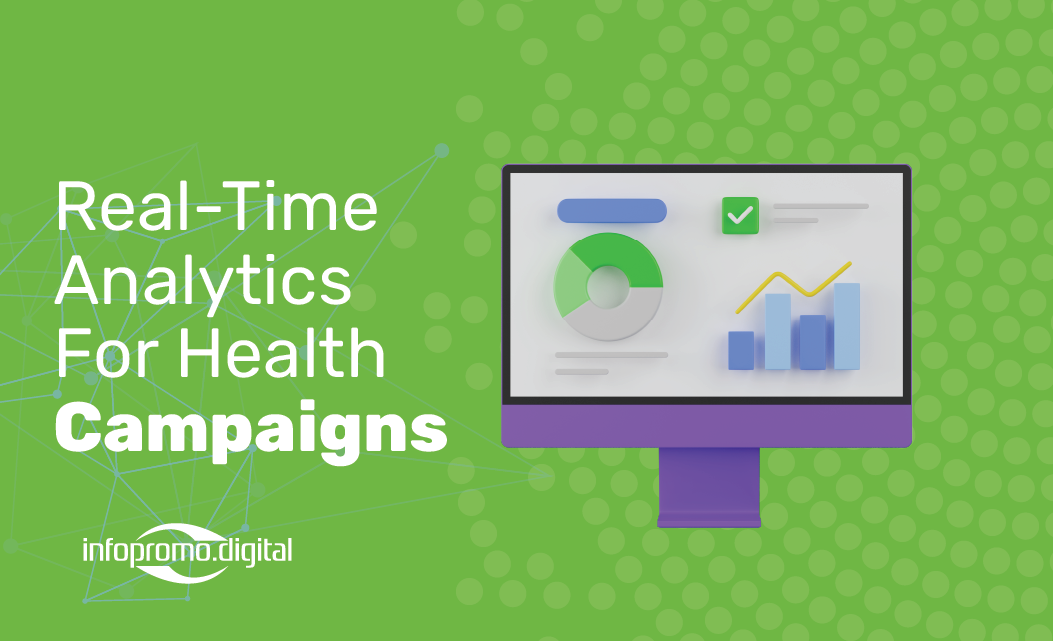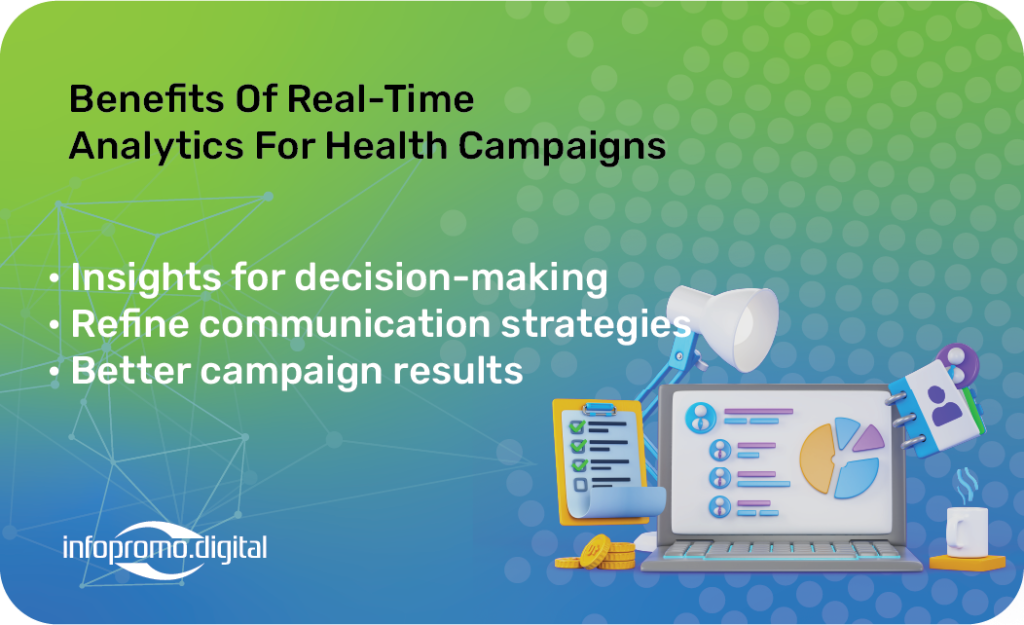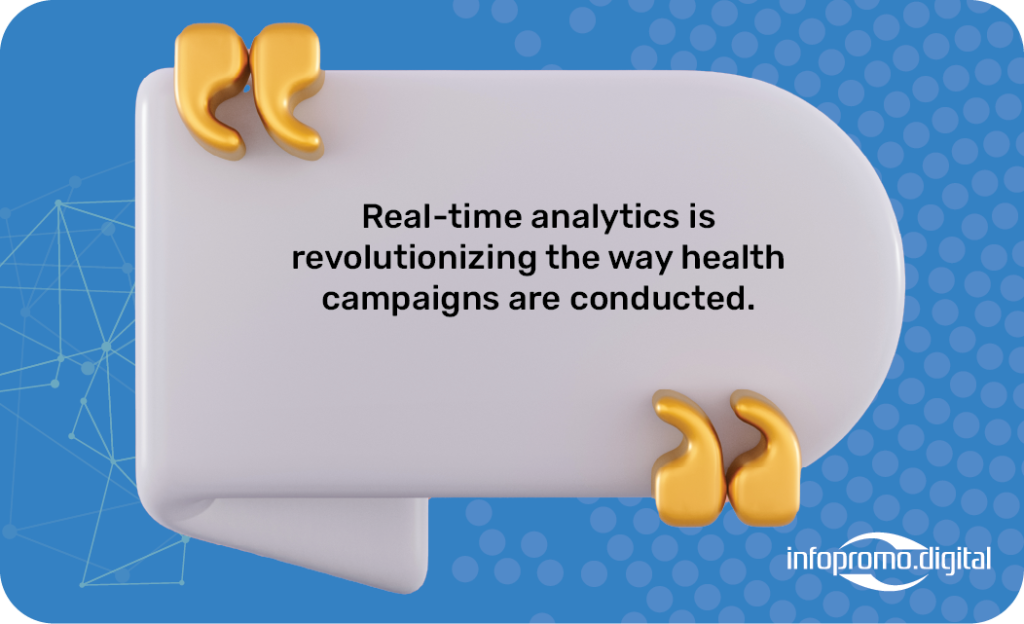
In the ever-evolving landscape of health communication, the ability to adapt and respond swiftly to changing circumstances is crucial. Real-time analytics has emerged as a powerful tool, enabling businesses to refine their communication strategies and improve campaign outcomes. By leveraging real-time data, health campaigns can be more targeted, responsive, and effective. This blog delves into the importance of real-time analytics and how it is transforming health campaigns.

Understanding Real-Time Analytics Real-time analytics involves the instant processing and analysis of data as it becomes available. This approach allows organizations to gain immediate insights and make data-driven decisions on the fly. In the context of health campaigns, real-time analytics can track various metrics, such as engagement rates, audience demographics, and the effectiveness of different communication channels.
Enhancing Communication Strategies One of the primary benefits of real-time analytics is its ability to enhance communication strategies. By monitoring data in real time, businesses can identify which messages resonate most with their audience and adjust their campaigns accordingly. For example, if a particular social media post is performing exceptionally well, campaign managers can amplify its reach or create similar content to maintain engagement.
Improving Campaign Outcomes Real-time analytics also plays a pivotal role in improving the overall outcomes of health campaigns. By analyzing data on the go, organizations can quickly identify and address issues that may arise during the campaign. For instance, if a specific demographic is not engaging with the campaign, adjustments can be made to better target that audience. This proactive approach ensures that campaigns remain effective and achieve their desired impact.
Case Studies in Real-Time Analytics Several successful health campaigns have leveraged real-time analytics to achieve remarkable results. For instance, during the COVID-19 pandemic, many public health organizations used real-time data to track the spread of the virus and communicate critical information to the public. By analyzing data in real time, they were able to respond swiftly to emerging hotspots and provide timely guidance to affected communities.

Future of Real-Time Analytics in Health Campaigns The future of real-time analytics in health campaigns looks promising. As technology continues to advance, the capabilities of real-time analytics will only improve. We can expect more sophisticated tools and platforms that provide even deeper insights and more precise targeting. For health organizations, embracing these advancements will be key to staying ahead in the dynamic world of health communication.
Conclusion Real-time analytics is revolutionizing the way health campaigns are conducted. By providing immediate insights and enabling rapid adjustments, it helps organizations refine their communication strategies and achieve better campaign outcomes. As the technology continues to evolve, the potential for real-time analytics in health campaigns will only grow, making it an indispensable tool for modern health communicators.




